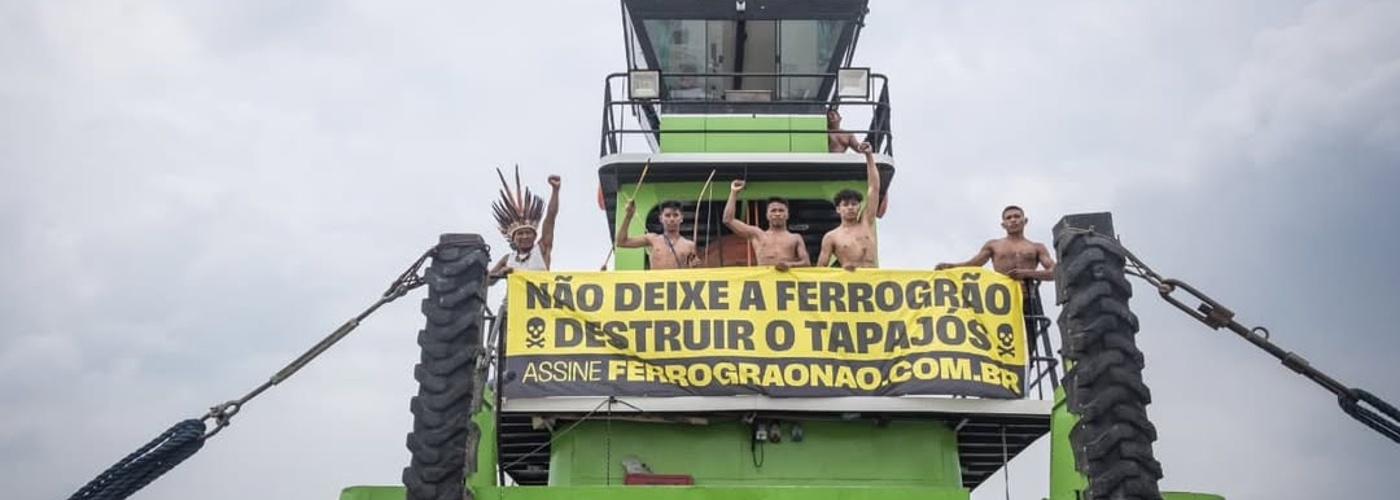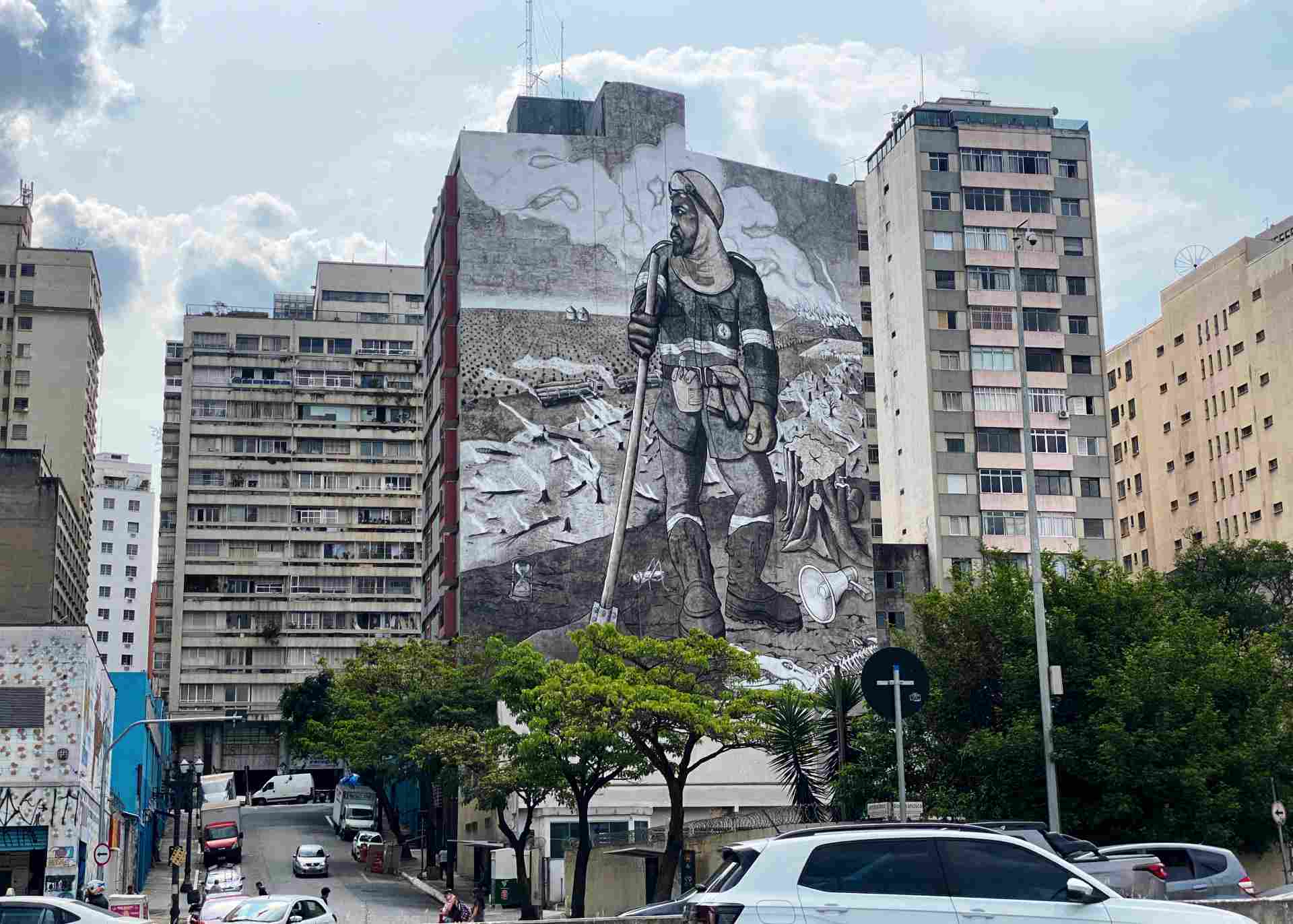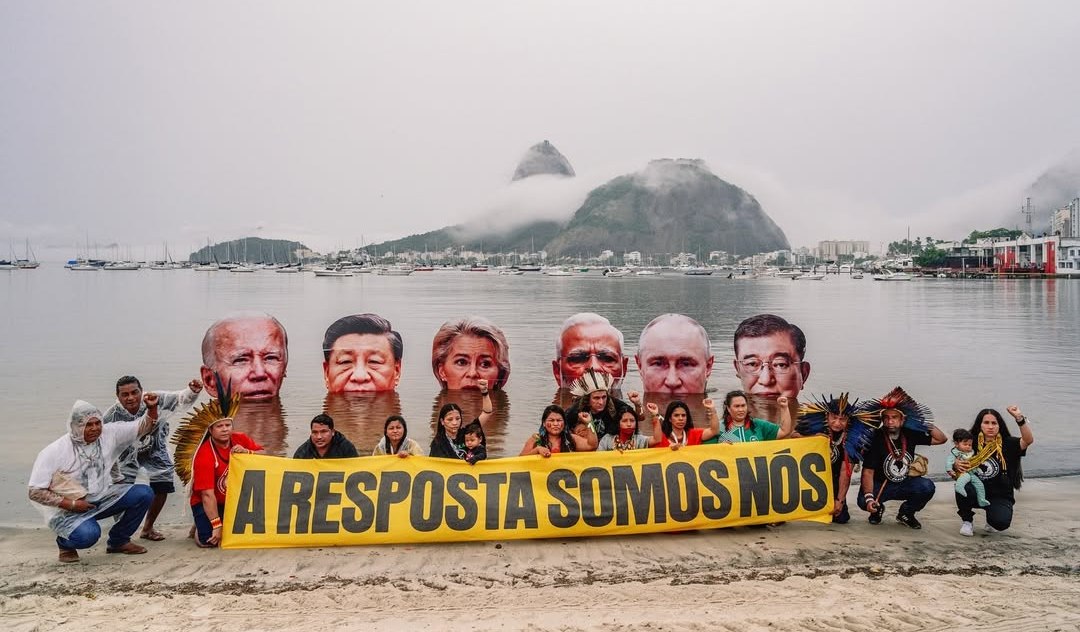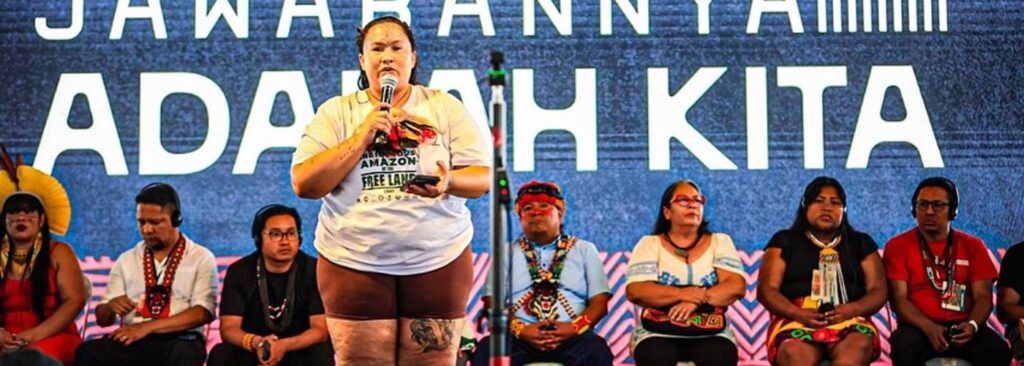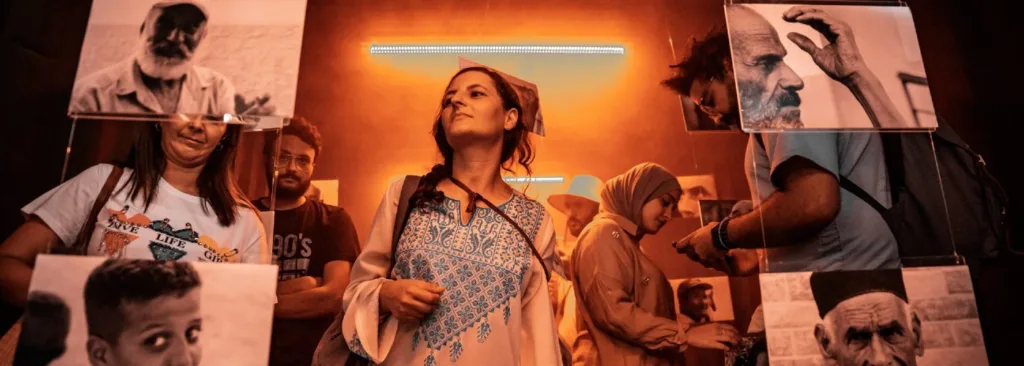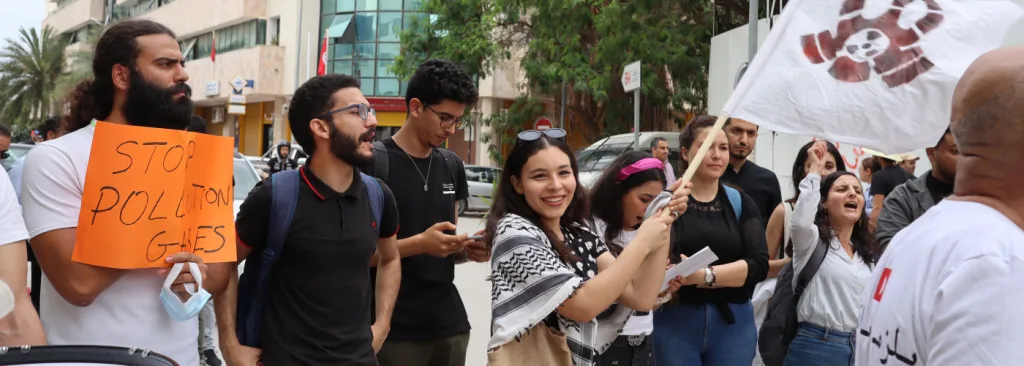While Brazil‘s artists, activists, and journalists are experiencing increasing backlash from conservative political forces, the Megafone coalition is shaping a counter narrative to support them – especially those who fight to save the Amazon. It aims to build a legacy through large-scale graffiti murals, annual activism awards, and workshops to empower local communities.
Megafone Ativismo is a coalition of five organizations under Hivos’ Voices for Just Climate Action (VCA) program. The coalition is working hard to create recognition and appreciation for Amazonian activists and provide inspiration for minorities, such as youth and traditional peoples. Through their social media and media outreach they engage and inform the Brazilian audience. “Artists and activists are being criminalized in Brazil. Our country has a high rate of journalist killings, so it’s important that we shift the narrative and show that we’re not criminals, but we are fighting for something important,” says Jonaya, the general coordinator of the coalition.
An important way of doing that is through their Megafone Activism Award. Since 2022 they annually award activists in 14 different categories – from street art to documentary to street demonstration – building a legacy of Brazilian activism. “It’s important to build a collective memory and narrative through years of awards so people can see that art and activism are something to be appreciated and valued,” Jonaya says.
Megafone also provides workshops on climate change, artivism, and mobilization. And offers mini grants (under 1000 USD) to projects such as podcasts or murals in small communities.
Claiming public attention for climate change through art
Deforestation and forest fires in 2021 severely impacted local communities and nature in the Legal Amazon and other biomes in Brazil. To publicly address this, the artist Mundano started a project called Cinzas da Floresta, or Ashes of the Forest. This art piece is a graffiti painting of a dozen stories tall in São Paulo made from the ash of burnt forests. The mural was covered by over fifty national and international media outlets. “International media seems important, but it’s also crucial to reach local press, to show the importance of artivism and change the narrative locally,” Jonaya stresses.
Megafone also helped create a big mural in the center of the Amazonian city Manaus showing the face of Indigenous leader and environmentalist Raoni Metuktire. “In 2022 Raoni was nominated for the Nobel peace prize, but this was during the Bolsonaro government, and he didn’t pay any attention to it. That’s why we chose a mural and big posters of Raoni in 50 different cities to draw attention to him and his legacy. A lot of press covered this campaign, and he finally got the attention he deserved,” says Jonaya.
Anticipating COP30
“There is a bill under discussion that makes it much easier for environmentally destructive activities – such as mining and agriculture – to take place. This law threatens Indigenous lands and will probably result in a rise in the use of agricultural toxins,” says Jonaya. The coalition is hoping that the eyes of the world on Brazil during COP30 can prevent the law from being passed.
The coalition is also organizing workshops in preparation for COP30 to inform the public about the funds the UNFCCC provides. “There are many steps in between these huge global funds and local traditional communities. We need to inform people how these processes work,” explains Jonaya.
Voices for Just Climate Action
The Megafone coalition is happy with the VCA program’s ability to exchange resources and work together. “We now have a more organized system of campaigning and mobilization. We can systematize our work,” says Jonaya.
“The VCA network in Brazil is something to cherish, the question now is, how can we keep it alive? Mobilization, engagement, and creative communication need resources.” Jonaya makes a comparison with a forest. “Sometimes there’s rain, which will provide a healthy ecosystem in which everything flourishes. But a forest fire stops that process – just like when you stop resources or funding. Now that the VCA program is ending, it’s important to come together and see what we can do to continue our important work,” she concludes.

